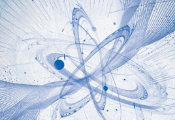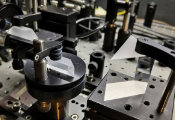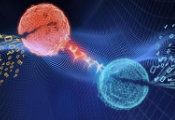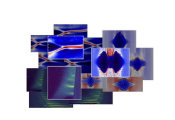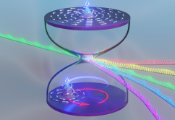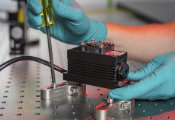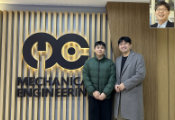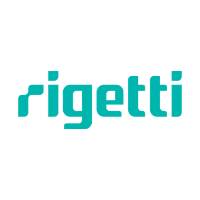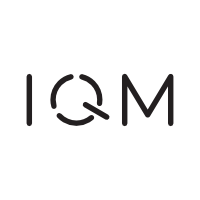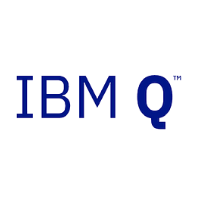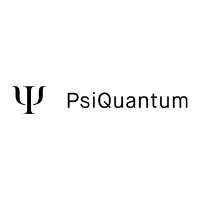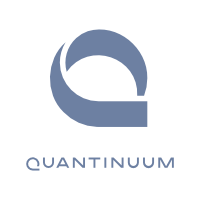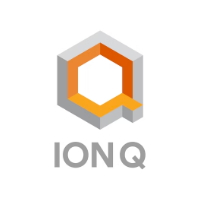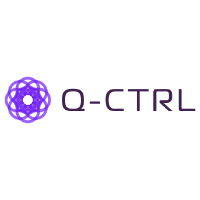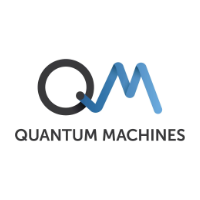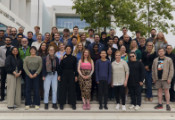Six Ways Argonne Is Advancing Quantum Information Research
July 01, 2025 -- Quantum information science is changing how we understand, interact with and shape the world around us. With the expectation of more secure communications and the potential to solve problems that stump today’s best computers, quantum technologies offer transformative breakthroughs.
Helping drive this national effort is the U.S. Department of Energy’s (DOE) Argonne National Laboratory. As a leading research center in the nation and the lead laboratory for Q-NEXT, a DOE National Quantum Information Science Research Center, Argonne is pushing the frontiers of what’s possible through the Argonne Quantum Institute and multiple efforts in quantum information science.
During this International Year of Quantum Science and Technology, they bring you six ways Argonne is expanding the possibilities for quantum technology:
1. Creating and characterizing qubit materials
Qubits are the basic units of quantum information, and making them requires extraordinary control over atomic structures. Scientists leverage Argonne’s world-class facilities to engineer atomic materials into high-performance qubits.
At the Argonne Quantum Foundry, researchers create materials that can serve as semiconducting qubits using materials such as diamond and silicon carbide. At the Center for Nanoscale Materials (CNM), a DOE Office of Science user facility, scientists develop qubits from superconductors, surfaces and interfaces, cold atoms and other novel materials. And at the Advanced Photon Source (APS), another DOE Office of Science user facility, researchers at Argonne and partner organizations probe materials at the atomic scale to reveal the structures and dynamics that lead to better qubit performance.
2. Harnessing supercomputing power to advance quantum computing
Quantum computers are powerful but still in early stages of development. The Argonne Leadership Computing Facility (ALCF), a DOE Office of Science user facility that houses the Aurora exascale computer, provides one of the most advanced classical supercomputing environments in the world, where scientists simulate, model and optimize quantum systems.
These tools help researchers design better algorithms and improve qubit performance, bridging the gap between current technologies and future quantum breakthroughs.
3. Building quantum networks over a range of distances
Argonne is laying the foundation for quantum communication networks. Through InterQnet, researchers are developing systems that connect different types of quantum hardware, playing to the strengths of each for a more versatile network. Through the internal ARQNET testbed, which connects five locales on the Argonne site, scientists are realizing a campus-scale network. And as a node of the Chicago Quantum Network, Argonne is part of a multiorganizational effort to build a metropolitan-scale quantum system.
These efforts are essential for developing the quantum networks and enabling data transmission.
4. Developing sensors for science
Argonne is pioneering quantum sensors that detect signals too faint for conventional instruments.
These include devices capable of sensing individual particles, identifying dark matter candidates and detecting nanoscale changes in magnetic fields.
Quantum sensors promise breakthroughs in domains such as medicine, geology and fundamental physics, offering unprecedented sensitivity and precision.
5. Providing a robust supply chain of materials for quantum devices and systems
At the Argonne Quantum Foundry, scientists grow, modify and characterize materials for custom quantum platforms.
As a resource for quantum materials development and synthesis, the foundry is fulfilling a critical need in quantum information research, contributing to a reliable national supply chain of materials for quantum technologies.
Through the foundry, Argonne is supporting researchers and industries across the country, laying the groundwork for scalable quantum systems.
6. Strengthening the quantum ecosystem through partnerships
Innovation thrives in collaboration. Through the Argonne Quantum Institute, the lab works with partners in government, industry and academia to advance quantum research and technology.
As the lead lab for Q-NEXT, Argonne coordinates national efforts to develop technologies for distributing quantum information, grow the quantum workforce and strengthen the supply chain.
Argonne also engages startups through Chain Reaction Innovations and partners with regional hubs such as the Illinois Quantum and Microelectronics Park and the Chicago Quantum Exchange.
Together, these efforts are helping the U.S. lead the way in quantum science and making the future of quantum possible.

